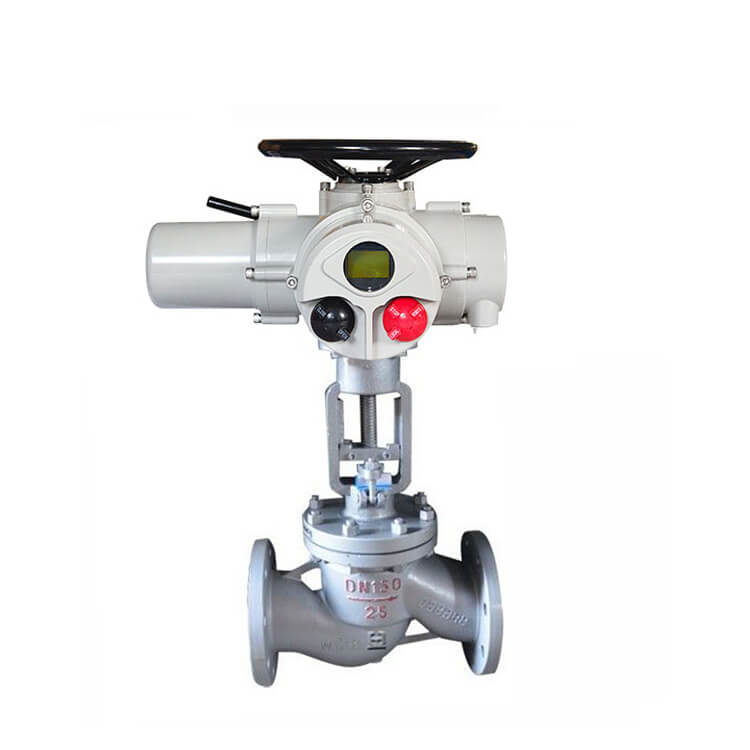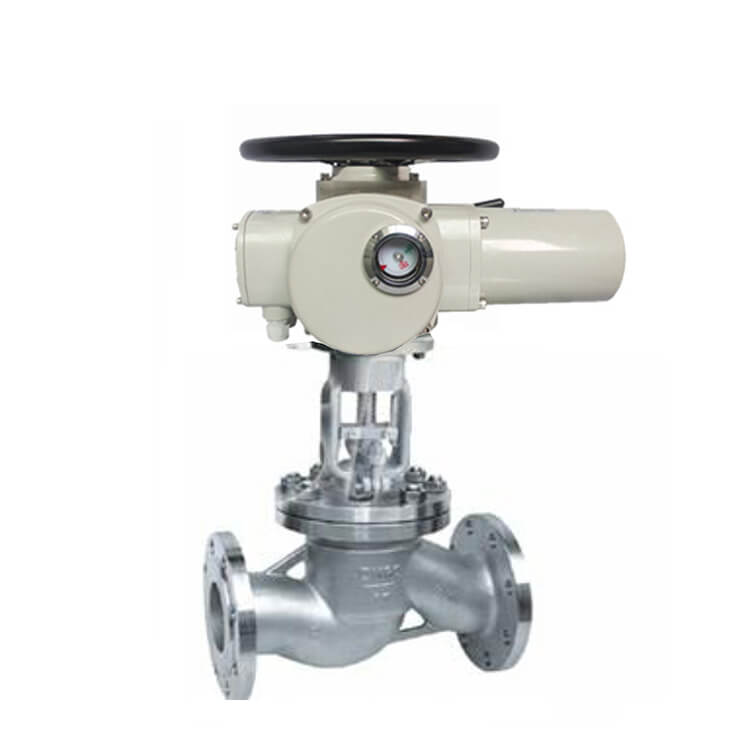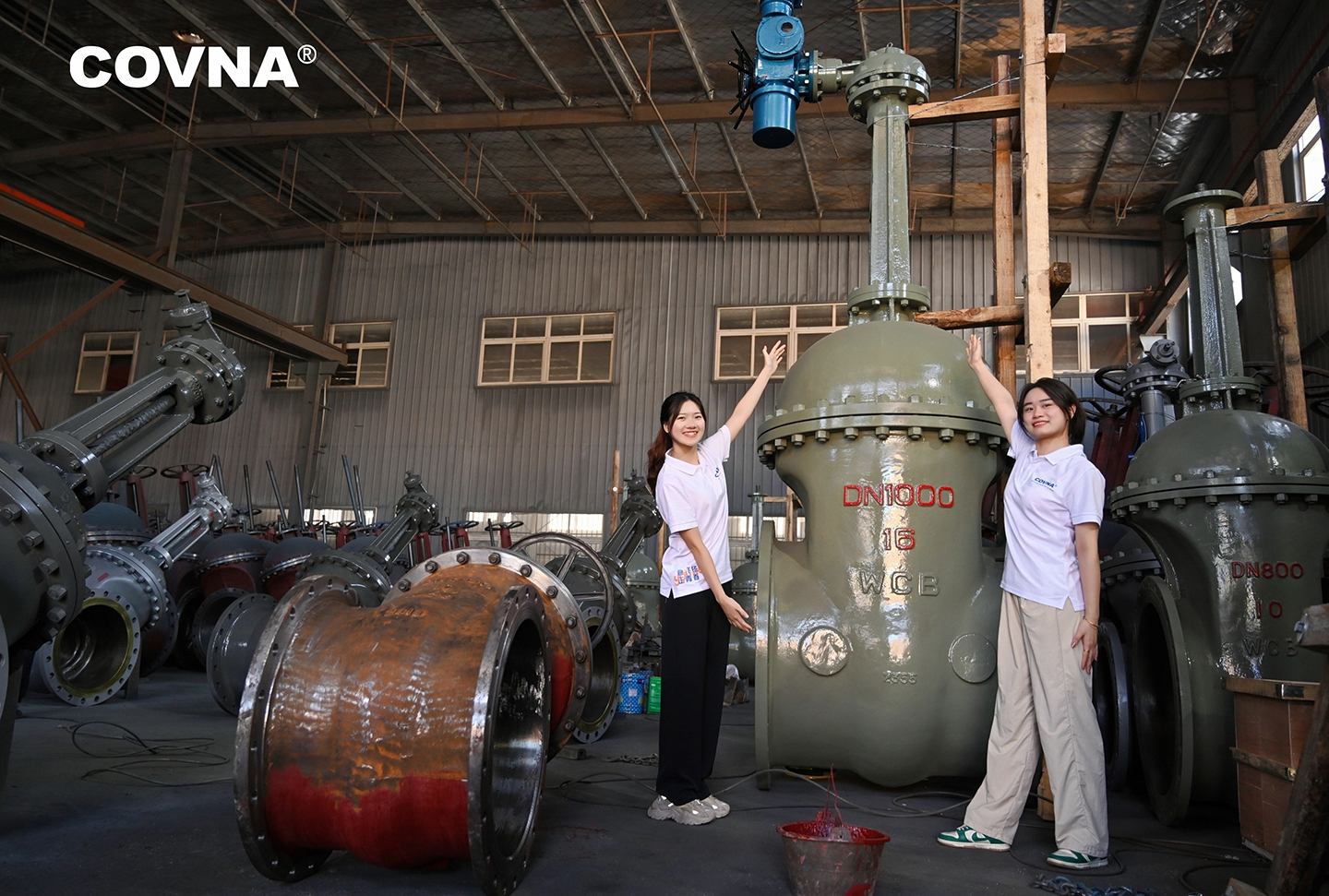Motorized Globe ValvesNakakuha ng makabuluhang pansin para sa kanilang papel sa pag -automate ng mga sistema ng kontrol ng likido, lalo na sa mga industriya tulad ng HVAC, pagproseso ng kemikal, paggamot sa tubig, at marami pa. Kung sila ay tunay na "mabuhay hanggang sa hype" ay nakasalalay sa kanilang aplikasyon, ang mga tiyak na pakinabang na inaalok nila, at ang konteksto kung saan ginagamit ito.

1. Mga pangunahing bentahe ng mga motorized globe valves
- Katumpakan sa control control: Ang mga motor na globe valves ay lubos na epektibo para sa modulate flow. Ang kanilang disenyo, na may isang palipat -lipat na disk at isang nakatigil na upuan ng singsing, ay nagbibigay -daan para sa mga pinong pagsasaayos, na ginagawang perpekto para sa mga aplikasyon na nangangailangan ng tumpak na kontrol ng mga rate ng daloy at presyon.
- Automation at kaginhawaan: Pinapayagan ng motorized actuator para sa remote control, tinanggal ang pangangailangan para sa manu -manong operasyon. Ito ay partikular na kapaki -pakinabang sa hindi naa -access o mapanganib na mga kapaligiran kung saan ang manu -manong interbensyon ay mahirap o hindi ligtas.
- Pagsasama sa mga matalinong sistema: Ang mga modernong motorized valves ay maaaring pagsamahin sa mga control control system ng IoT, na nagpapahintulot sa pagsubaybay sa real-time at automation. Ang tampok na ito ay ginagawang maayos ang mga ito para magamit sa mga matalinong gusali at mga pasilidad sa industriya na nakatuon sa pag-optimize ng proseso.
- Tibay at pagiging maaasahan: Ang mga de-kalidad na mga balbula ng globo ng globo, lalo na ang mga may hindi kinakalawang na asero o tanso na mga sangkap, ay may posibilidad na maging matibay at maaaring hawakan ang mga kinakaing unti-unting likido, mataas na panggigipit, at temperatura, na ginagawang maaasahan ang mga ito sa mahabang panahon na may kaunting pagpapanatili.
- Kahusayan ng enerhiya: Sa mga pagsulong sa teknolohiya ng motor, ang mga motorized globe valves ay nagiging mas mahusay sa enerhiya, na nag-aalok ng isang mas mababang kabuuang halaga ng pagmamay-ari sa paglipas ng panahon, lalo na sa mga aplikasyon na may madalas na operasyon.
2. Mga hamon at limitasyon
- Gastos: Ang mga motor na balbula ay karaniwang mas mahal na paitaas kaysa sa mano -mano na pinatatakbo na mga balbula. Ang gastos ng actuator, control system, at pag-install ay maaaring maging makabuluhan, lalo na sa mga maliliit na aplikasyon kung saan maaaring hindi kinakailangan ang automation.
- Mas mabagal na oras ng pagtugon: Kumpara sa iba pang mga uri ng balbula tulad ng mga balbula ng bola o butterfly, ang mga balbula ng mundo ay may posibilidad na magkaroon ng isang mas mabagal na oras ng pagtugon dahil sa kanilang disenyo at ang motorized actuator, na maaaring maging isang kawalan sa mga aplikasyon na nangangailangan ng mabilis na on/off control.
- Ang pagkonsumo ng enerhiya sa patuloy na operasyon: Habang ang mga modernong motorized valves ay mas mahusay sa enerhiya, ang patuloy na modulation ay maaari pa ring humantong sa mas mataas na pagkonsumo ng enerhiya kumpara sa mas simple, manu-manong pinatatakbo na mga balbula, lalo na sa mga aplikasyon ng high-cycle.
- Pagiging kumplikado ng pagsasama: Mga Advanced na Motorized Globe Valves na may Smart Features ay nangangailangan ng pagsasama sa mga control system, na maaaring magdagdag ng pagiging kumplikado sa pag -install at pagsasaayos. Para sa mga pasilidad na walang kinakailangang imprastraktura, maaari itong humantong sa pagtaas ng mga gastos at mga hamon sa pagpapatakbo.
- Mga pangangailangan sa pagpapanatili: Kahit na ang mga motorized valves ay nagbabawas ng pangangailangan para sa manu -manong operasyon, nangangailangan pa rin sila ng pagpapanatili para sa parehong katawan ng balbula at ang actuator. Kung nabigo ang actuator, ang buong balbula ay maaaring kailangang maihatid, na maaaring humantong sa downtime.
3. Kailan sila nabubuhay hanggang sa hype?
- Sa mga application na nangangailangan ng tumpak na kontrol sa daloy: Sa mga industriya kung saan ang tumpak na modulation ng daloy ay mahalaga (halimbawa, pagproseso ng kemikal, kontrol ng singaw, o regulasyon ng temperatura sa mga sistema ng HVAC), mga motorized na globo valves at nag -aalok ng mga makabuluhang pakinabang sa mga manu -manong o mas simpleng uri ng balbula.
- Malayong o mapanganib na mga kapaligiran: Para sa mga pasilidad kung saan ang kaligtasan ay isang pag -aalala, tulad ng mga halaman ng kemikal o remote na mga pipeline ng langis at gas, ang mga motorized valves ay nag -aalok ng mga makabuluhang pakinabang sa pagpapatakbo sa pamamagitan ng pagpapagana ng remote control at pagbabawas ng pangangailangan para sa manu -manong paggawa sa mapanganib na mga kapaligiran.
- Matalino at awtomatikong mga system: Sa mga modernong pasilidad na gumagamit ng matalinong teknolohiya para sa automation, pagsubaybay, at pamamahala ng enerhiya, ang mga motorized valves ay isang perpektong akma. Ang kakayahang isama ang mga ito sa mga PLC, mga sistema ng SCADA, at mga platform ng IoT ay ginagawang mga hinaharap-patunay at madaling iakma sa umuusbong na mga kinakailangan sa teknolohikal.
4. Kung saan hindi sila maaaring mabuhay hanggang sa mga inaasahan
- Sa pangunahing, mga application na may mababang gastos: Kung ang application ay hindi nangangailangan ng tumpak na control control, remote operation, o automation, maaaring maging labis ang isang motor na balbula. Ang isang manu -manong o mas simpleng balbula ay maaaring maghatid ng layunin pati na rin sa isang mas mababang gastos.
- Mataas na siklo, on/off application: Para sa mga application na nangangailangan ng mabilis/off control, tulad ng emergency shut-off o madalas na pagbibisikleta, ang iba pang mga uri ng balbula (hal. Ang mga balbula ng Globe, sa pamamagitan ng disenyo, ay may higit na panloob na alitan at isang mas mahabang stroke, na humahantong sa mas mabagal na oras ng pag -arte.
- Mga kapaligiran sa pagpapanatili: Sa mga industriya o sitwasyon kung saan mahirap o magastos ang pagpapanatili, ang panganib ng pagkabigo ng actuator ay maaaring maging isang disbentaha. Ang pagiging kumplikado ng mga motorized na sangkap ay nagdaragdag ng isa pang layer ng mga potensyal na puntos ng pagkabigo kumpara sa mas simple, manu -manong mga balbula.
5. Kamakailang pagsulong sa 2024
Ang hype sa paligid ng mga motorized globe valves ay hinimok din ng mga kamakailang pagsulong sa teknolohiya ng actuator, materyales, at matalinong mga kontrol:
- Smart actuators: Ang mga actuators ngayon ay may mga tampok na self-diagnostic, mahuhulaan na mga alerto sa pagpapanatili, at remote na pagsubaybay sa IoT. Ang mga pagsulong na ito ay makabuluhang bawasan ang mga gastos sa downtime at pagpapanatili habang pinapabuti ang pagiging maaasahan.
- Mga disenyo na mahusay sa enerhiya: Ang mga bagong modelo ay nagtatampok ng mga kakayahan sa pag-save ng enerhiya, tulad ng mga mode na may mababang lakas na standby, binabawasan ang mga gastos sa pagpapatakbo sa tuluy-tuloy o mga aplikasyon ng high-cycle.
- Pinahusay na Mga Materyales: Ang mga pagpapabuti sa agham ng mga materyales ay nagresulta sa mas matibay, lumalaban sa mga katawan ng balbula na lumalaban at mga mekanismo ng sealing, na nagpapalawak ng habang-buhay na mga balbula na ito sa mga malupit na kapaligiran.
Konklusyon:Nabubuhay ba ito hanggang sa hype?

Ang mga motorized globe valves ay nabubuhay hanggang sa hypesa tamang konteksto. Nag -aalok sila ng pambihirang katumpakan, automation, at tibay, lalo na sa mga pang -industriya na aplikasyon na humihiling ng maayos na kontrol sa daloy ng likido. Ang pagsasama ng matalinong teknolohiya, kahusayan ng enerhiya, at automation ay karagdagang nagpapabuti sa kanilang halaga sa mga modernong, high-tech na pasilidad.
Gayunpaman, para sa mas simpleng mga aplikasyon, ang mga benepisyo ay maaaring hindi bigyang -katwiran ang gastos at pagiging kumplikado. Kung ang iyong aplikasyon ay hindi nangangailangan ng tumpak na kontrol ng daloy, remote na operasyon, o advanced na automation, ang iba pang mga uri ng balbula ay maaaring mag-alok ng isang mas mahusay na ratio ng benepisyo sa gastos.
Sa buod, nabubuhay sila hanggang sa hype kapag naitugma sa naaangkop na aplikasyon at mga kinakailangan sa system.
Oras ng Mag-post: Sep-27-2024




